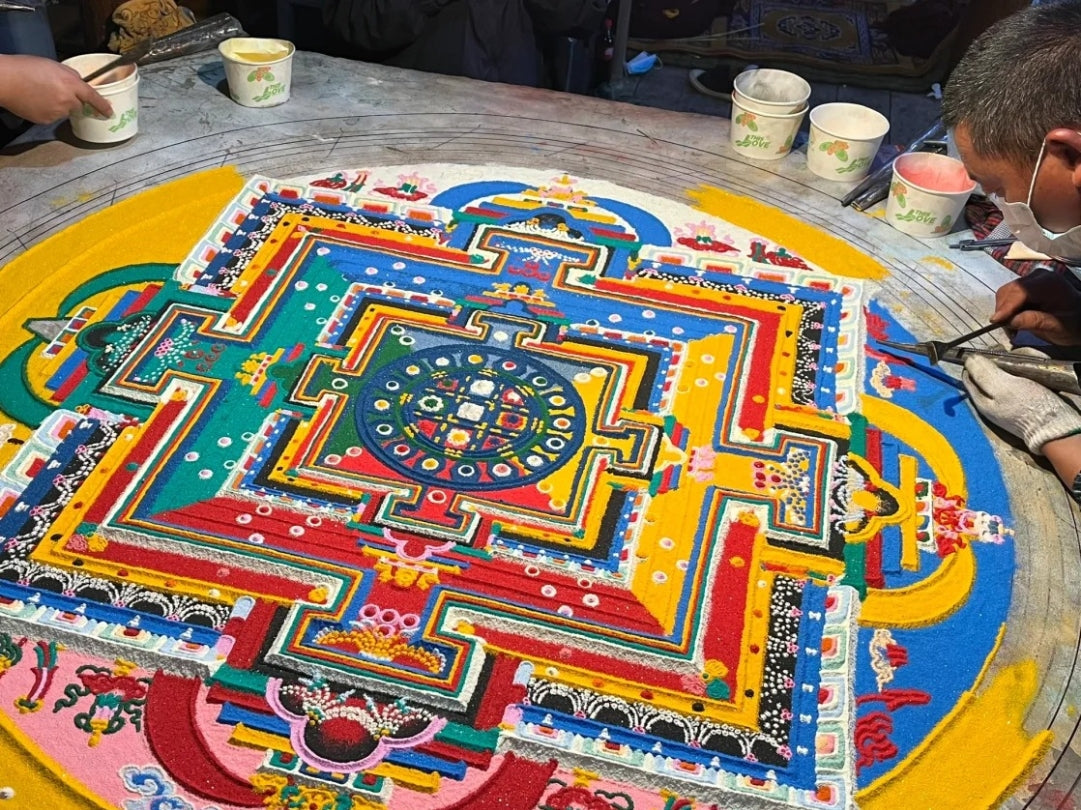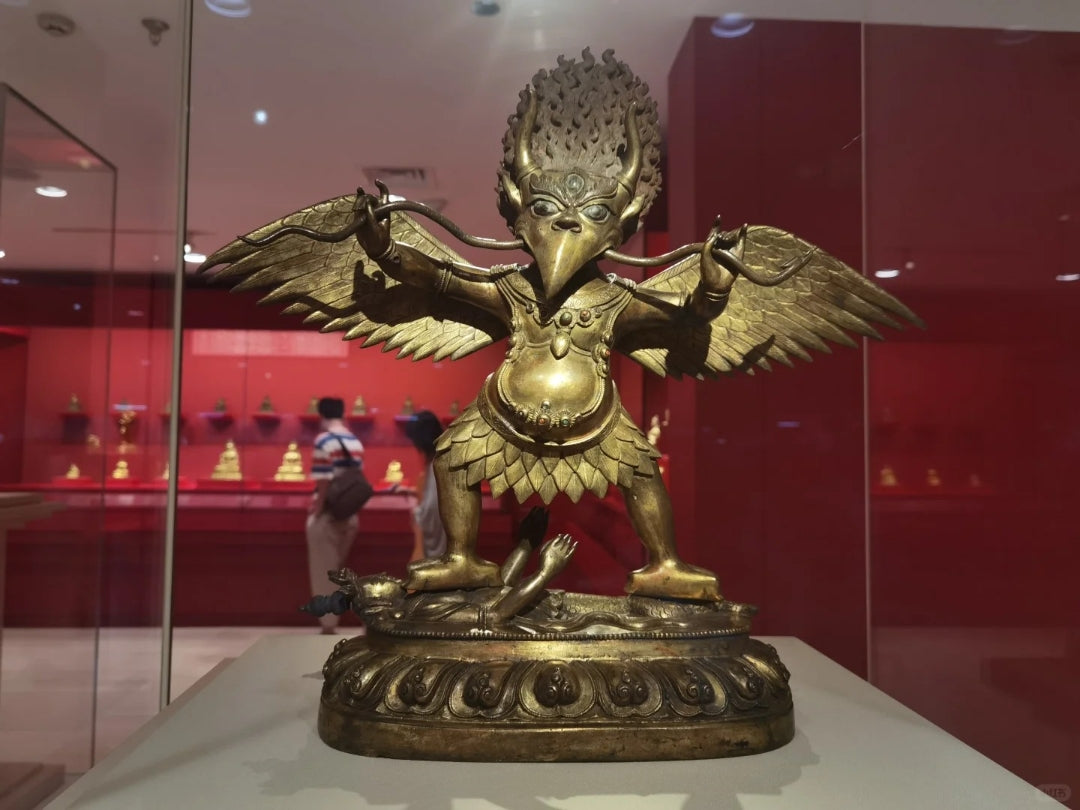Tibetans call them Tashi Tagye—the “Eight Auspicious Symbols”—and you’ll find these designs everywhere in Tibetan homes, temples, and art. Though rooted in Buddhist ritual, they’ve long since transcended strictly religious contexts and become beloved motifs in everyday life across Tibet and beyond. Legend holds that when the Buddha Śākyamuni was born, heavenly beings offered these eight treasures in homage—an auspicious beginning that cements their status as bearers of good fortune, protection, and spiritual awakening.
Below, we explore each of the Eight Auspicious Symbols, revealing their origins, symbolism, and why they remain integral elements of Tibetan auspicious symbols and Buddhist symbolism today.

1. Victory Banner (Darchor)
Symbolism: Triumph over obstacles, achievement, and honorable status.
Origins: Once a battle flag in ancient India, the Victory Banner later symbolized Buddha’s conquest over the “four maras” (inner distractions).
Meaning: Displayed on temples and thrones of wealth deities (like Yellow Jambhala), it reminds us that with perseverance and wisdom, we can overcome life’s challenges and emerge victorious in both spiritual and worldly endeavors.

2. Golden Fish (Nyenlha)
Symbolism: Freedom, fearlessness, and spiritual liberation.
Origins: Fish swim unhindered through water, making them ideal emblems of escape from samsaric constraints.
Meaning: In Tibetan culture, a pair of golden fish represents the ability to move freely without drowning in the ocean of suffering—encouraging practitioners to pursue enlightenment with joy and confidence.

3. Dharma Wheel (Chakra)
Symbolism: Buddha’s teachings (Dharma), universal law, and the path to liberation.
Origins: In India, the wheel was both weapon and cosmic symbol. In Buddhism, its turning signifies the continuous spread of truth.
Meaning: Often depicted with eight spokes (for the Noble Eightfold Path), the Dharma Wheel embodies the power of Buddha’s wisdom to cut through ignorance and guide beings toward awakening.

4. Treasure Vase (Rinchen Tase)
Symbolism: Abundant blessings, longevity, and spiritual wealth.
Origins: Filled with the nectar of the Dharma—“amrita”—and sometimes peacock feathers or wish‑granting jewels.
Meaning: As the vase of the Buddha’s neck, it signifies the endless supply of compassion and teaching. In art and architecture, it blesses spaces with prosperity, purity, and enduring vitality.

5. Parasol (Tog‑tor)
Symbolism: Protection, authority, and dignity.
Origins: In ancient India, parasols shaded royalty; in Buddhism, they shield practitioners from worldly ‘heat’—desires and distractions.
Meaning: The parasol over Buddha’s head represents the protective canopy of Dharma—safeguarding hearts and minds from fear, temptation, and harm.

6. Endless Knot (Dpal‑be’u)
Symbolism: Interconnectedness, eternal harmony, and compassion.
Origins: Two interwoven swastika motifs with no beginning or end, often called the “Infinite Knot.”
Meaning: Reflecting Buddha’s timeless wisdom and compassionate heart, the Endless Knot reminds us that everything in the universe is interlinked—our actions, thoughts, and experiences all shape the world around us.

7. Conch Shell (Dungkar)
Symbolism: The voice of the Buddha, power, and the call to awaken.
Origins: The right‑turning conch was used as a warrior’s horn in ancient times and later adopted to trumpet the Dharma.
Meaning: Its resonant sound dispels ignorance and fear. In Tibetan art, the white conch shell heralds the Buddha’s teachings, summoning beings to heed the path to liberation.

8. Lotus Flower (Padma)
Symbolism: Purity, spiritual awakening, and the blossoming of virtue.
Origins: Growing pristine from muddy waters, the lotus epitomizes the potential for enlightenment in a world of suffering.
Meaning: As “the tongue of the Buddha,” the lotus underscores the power of sacred speech and the transformative journey from ignorance to radiant clarity.

Why the Eight Auspicious Symbols Matter Today
Beyond temples and thangkas, these Tibetan auspicious symbols appear on jewelry, textiles, and home décor—each iteration a subtle invitation to embody their virtues. Whether you choose a lotus pendant for purity, a Dharma Wheel necklace to honor wisdom, or a Victory Banner motif to boost confidence, carrying these symbols can be a daily reminder of the qualities you wish to cultivate.

At QiLing Aura, our handcrafted pieces draw on these eight treasures, blending traditional craftsmanship with modern design. By wearing or displaying the Eight Auspicious Symbols, you connect not only to a rich Buddhist symbolism tradition but also to timeless aspirations: to live with courage, compassion, and clarity.



